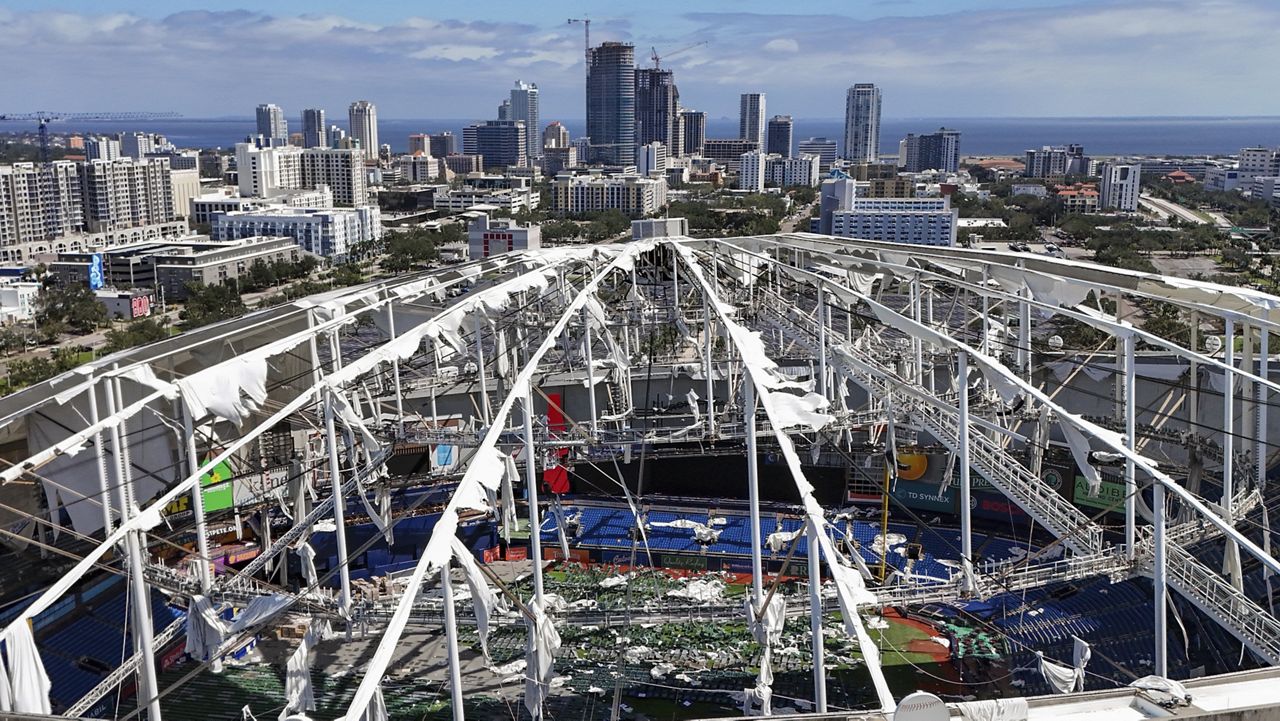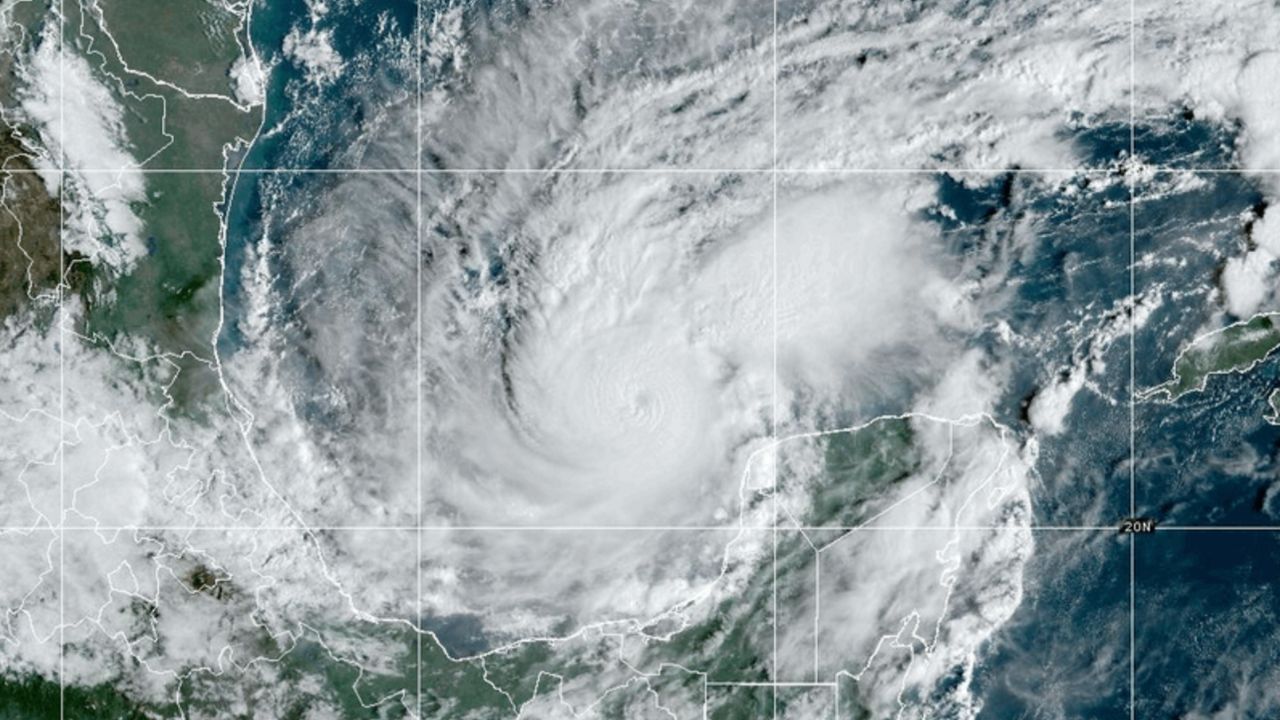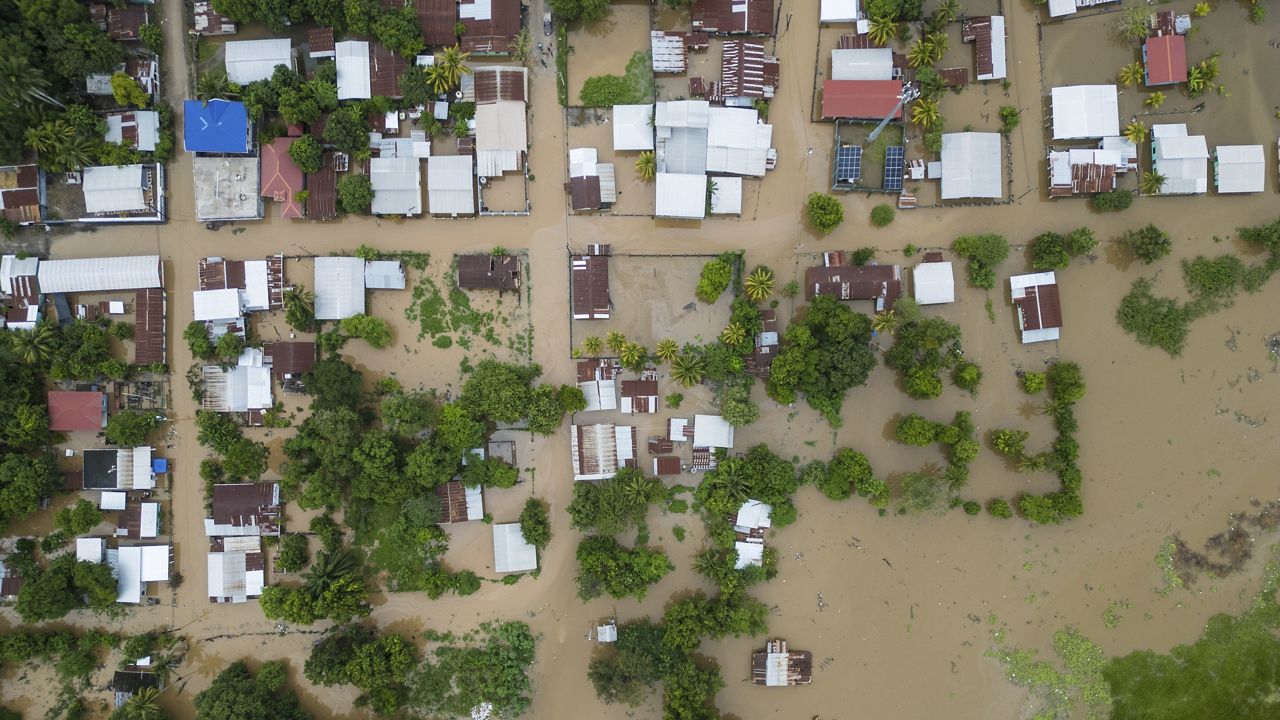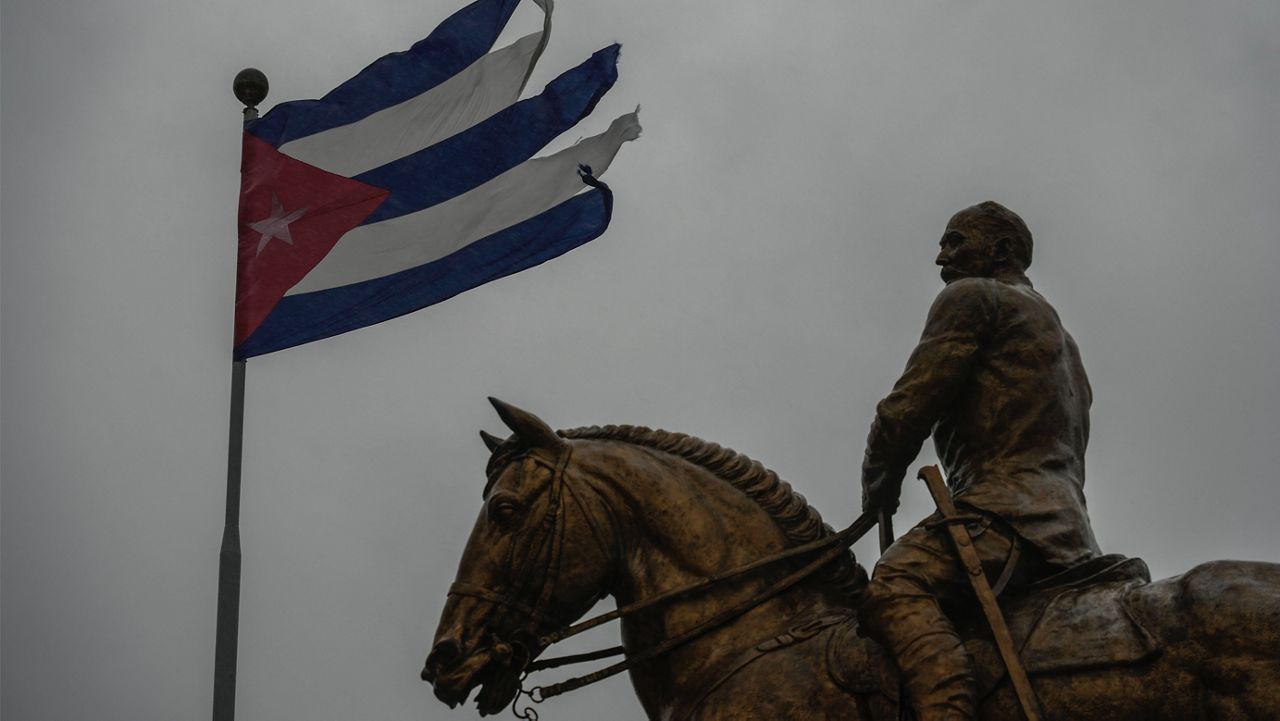Lee formed on Sept. 5 and became a hurricane just a day later. It intensified by 80 mph in 24 hours, the seventh Atlantic hurricane to do so since 1966, according to Colorado State University's Dr. Phil Klotzbach.
Lee continued to intensify rapidly as it tracked west, officially becoming a major hurricane on Sept. 7. It became the first Category 5 hurricane of the Atlantic season just hours later, producing top wind speeds of 150 mph.
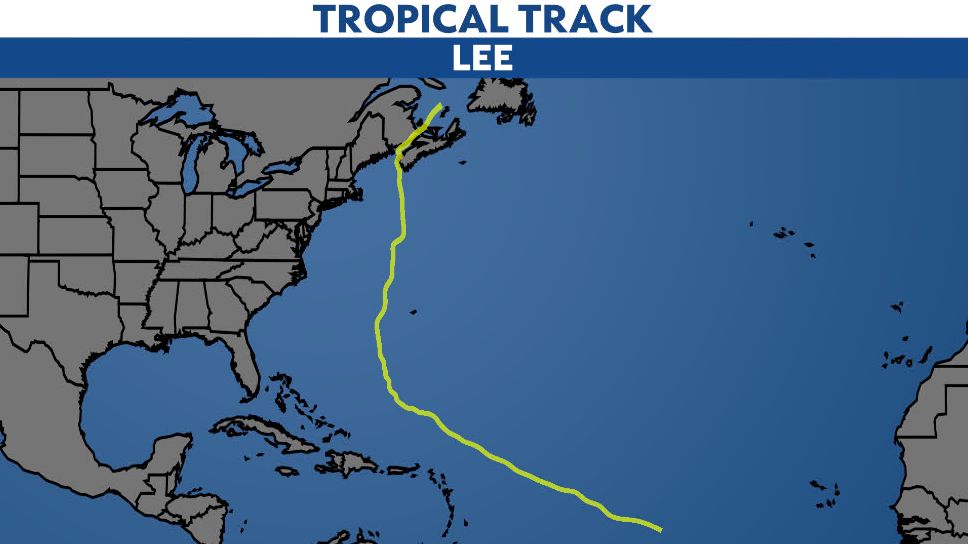
Even though Lee stayed well north of the Caribbean, it produced dangerous surf and rip currents along the northern coasts of the Virgin Islands, Puerto Rico and Hispaniola, as well as Turks and Caicos, the Bahamas and Bermuda as it moved through the western Atlantic as a major hurricane.
As Lee moved north in the western Atlantic, it weakened, but still brought large swells and dangerous rip currents across the entire East Coast.
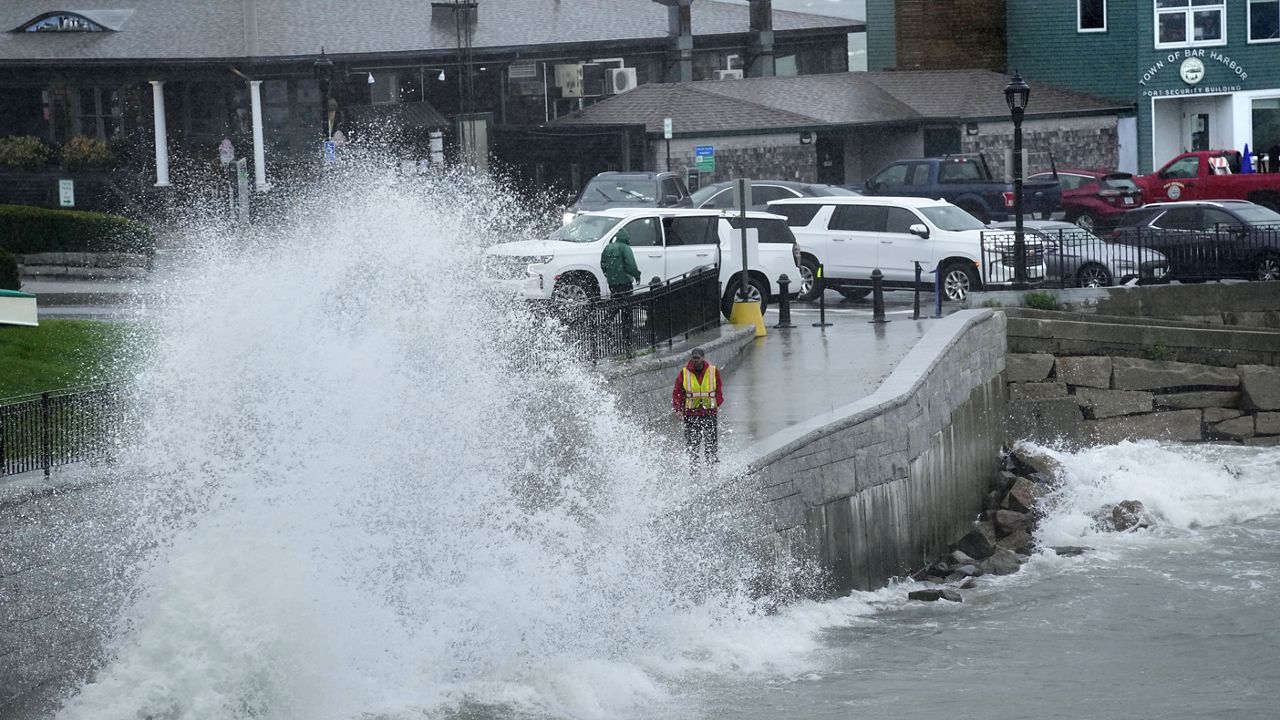
Lee turned into a post-tropical cyclone as it moved over cooler waters off the New England coast before making landfall. It made landfall on Saturday, Sept. 16, on Long Island in Nova Scotia, Canada with max winds of 70 mph.
Before, during and after Lee made landlfall, the sprawling storm brought heavy rainfall, gusty winds, rough surf and coastal flooding to coastal parts of New England.
The most significant impacts were felt in parts of Maine and Nova Scotia, where storm surge was up to 3 feet above ground level and more than 100,000 customers were without power at Lee's peak on Saturdya, Sept. 16.
After making landfall and turning post-tropical, Lee swept northeast into the northern Atlantic.
Here's a look at the 2023 Atlantic hurricane season so far.
Our team of meteorologists dives deep into the science of weather and breaks down timely weather data and information. To view more weather and climate stories, check out our weather blogs section.





